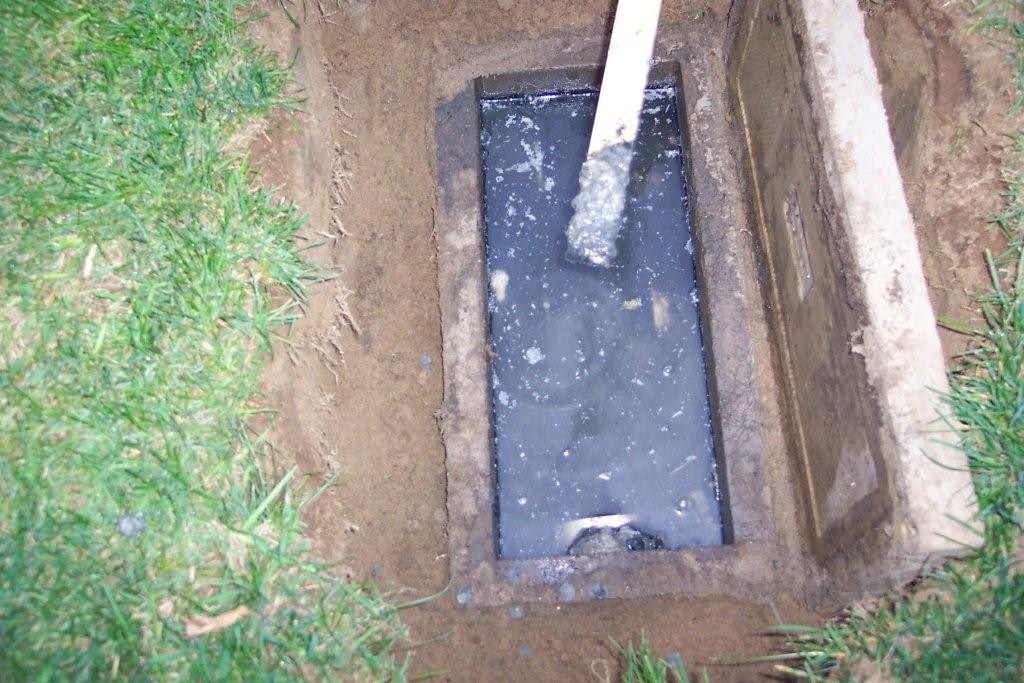Septic System Design is available for troubleshooting problems with an existing system.
We can provide assessments and reccomendations to resolve problems, for example:
- Bed Failure
- Pump Failure
- Sewage Backup
Often, we can resolve simply problems on site, like changing a pump or unblocking a baffle.
Here are some examples of problems we have discovered:
This particular bed was hit by lightning, the reaction blasted the dirt away from the piping.
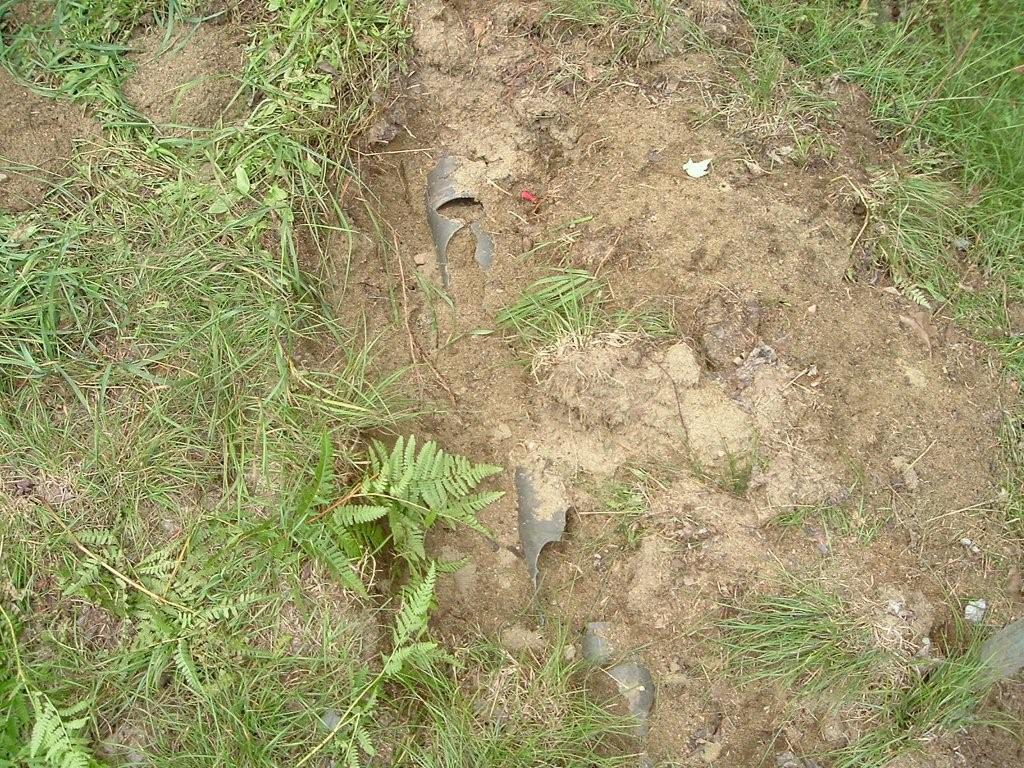
A closer picture of lightning damage:
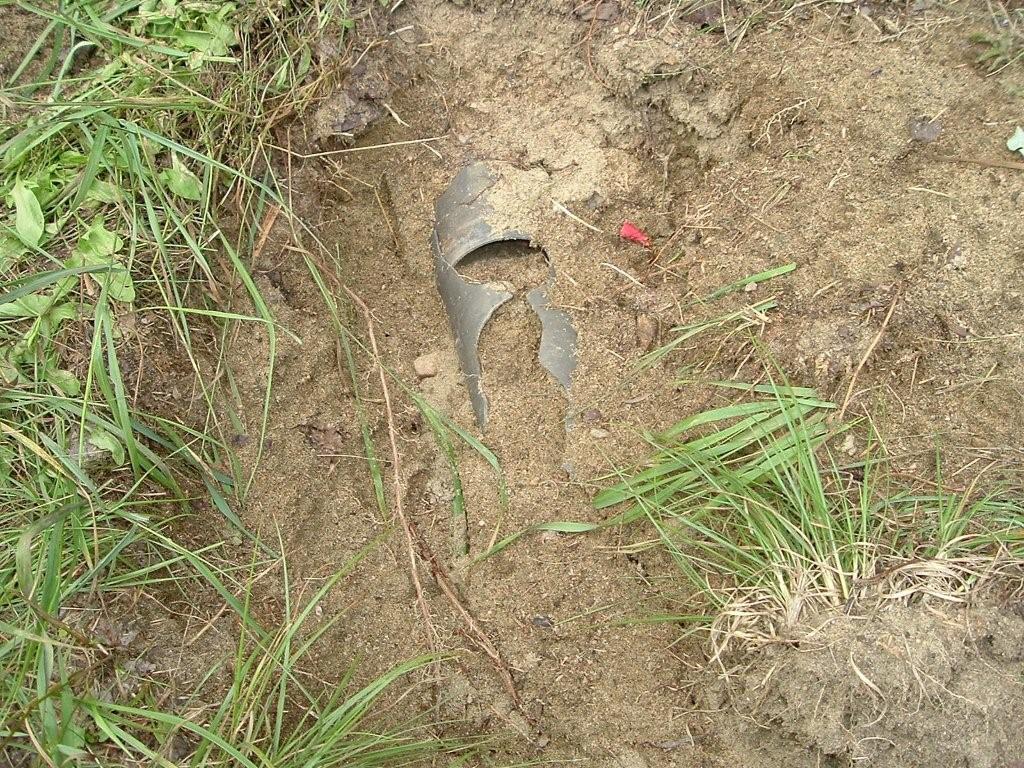
Sometimes, the problem is not so obvious, in the photo below, ponding is visible on the ground surface, this is a clear indication of a problem with the system.
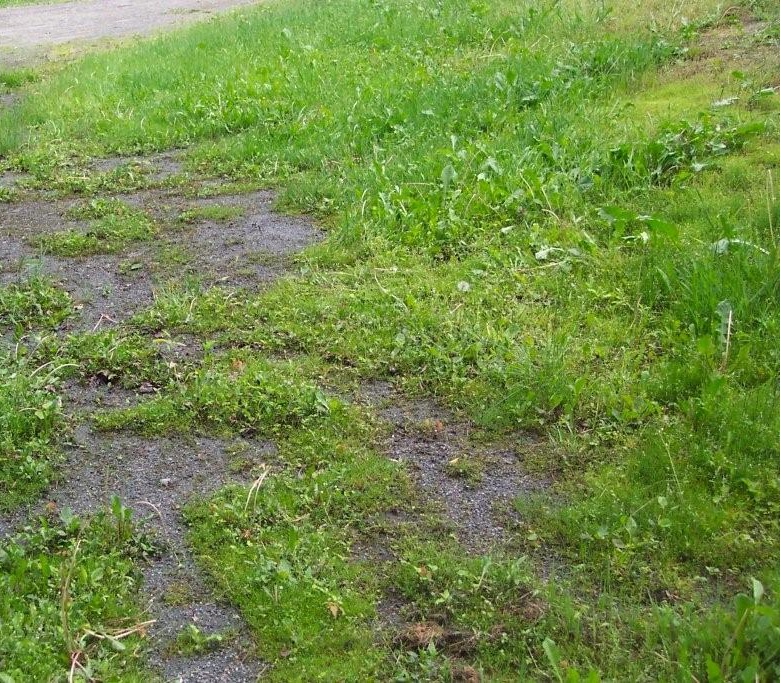
Other problems are consierably more obvious, the black soil is refferred to as biomatting, it forms naturally over time and eventually becomes so thick that the effluent entering the pipe cannot drain. This forces the effuent upwards and starts ponding on the surface, as shown above. It can also back up into the house, it will always follow the path of least resistence, unfortunatley this can mean backing up into the house.
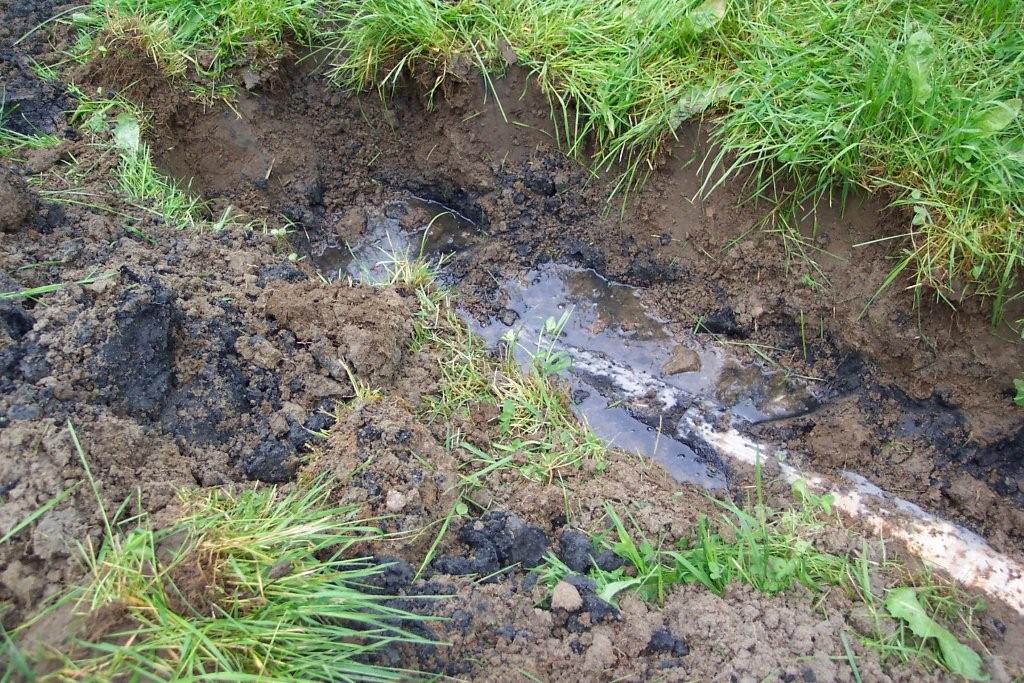
This particular septic tank's lid deterioated, the cause of this is typically the strong gases inside the tank created from water softeners.
Just like Canadian cars, salt being the primary ingredient in water softeners, it damages septic systems the same way it damages our cars.
The design of a proper septic system will include a seperate dischage for the water softener, away from the septic system.
An assessment can determine how your system is operating to ensure you avoid costly repairs or entire system replacements.
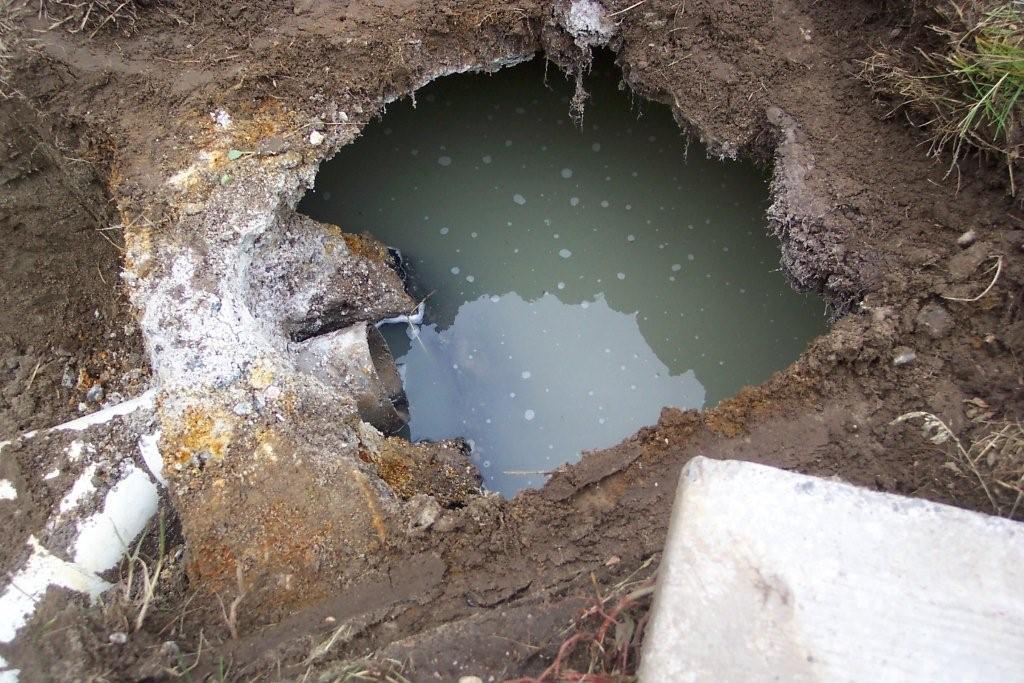
This photo illustrates biomat that had grown to 5' in depth.
When we do an installation in an existing site, we make sure to dig out all the biomat, typically the bed is raised to reduce the likilness of ground water troubles, beds installed into the water table or too close to the water table can contaminate drinking water and our lakes, which also does not promote proper treatment of the effluent through the soil and a leading cause to biomat formation.
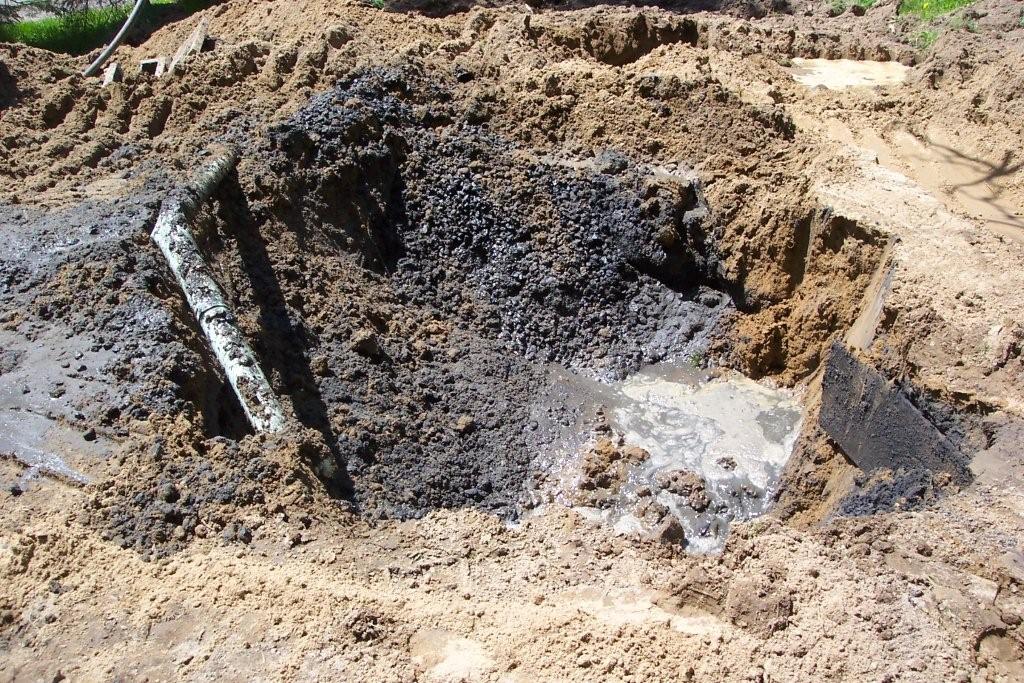
The biomat is so dense that it entirelly prevents draining, which is the primary cause of system backup.
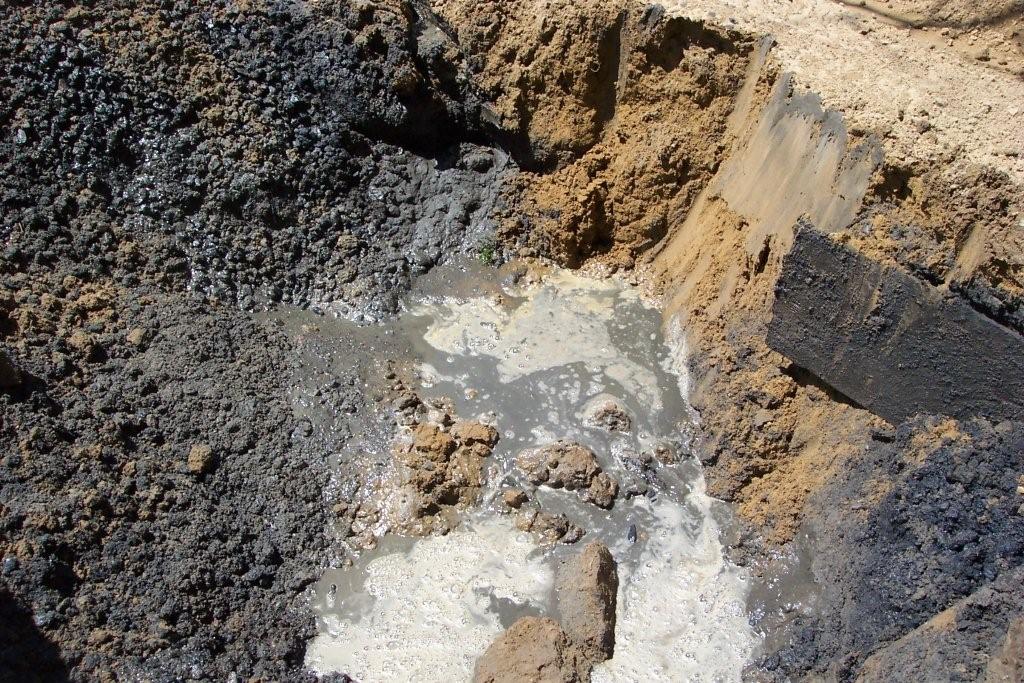
This is a 7 hole croncrete distibution box, it is a preferred way of distrbuting effluent instead of using a solid header across the top of a bed.
This particular box is old and very deteriorated and needs to be changed, which an assessment would quickly determine.
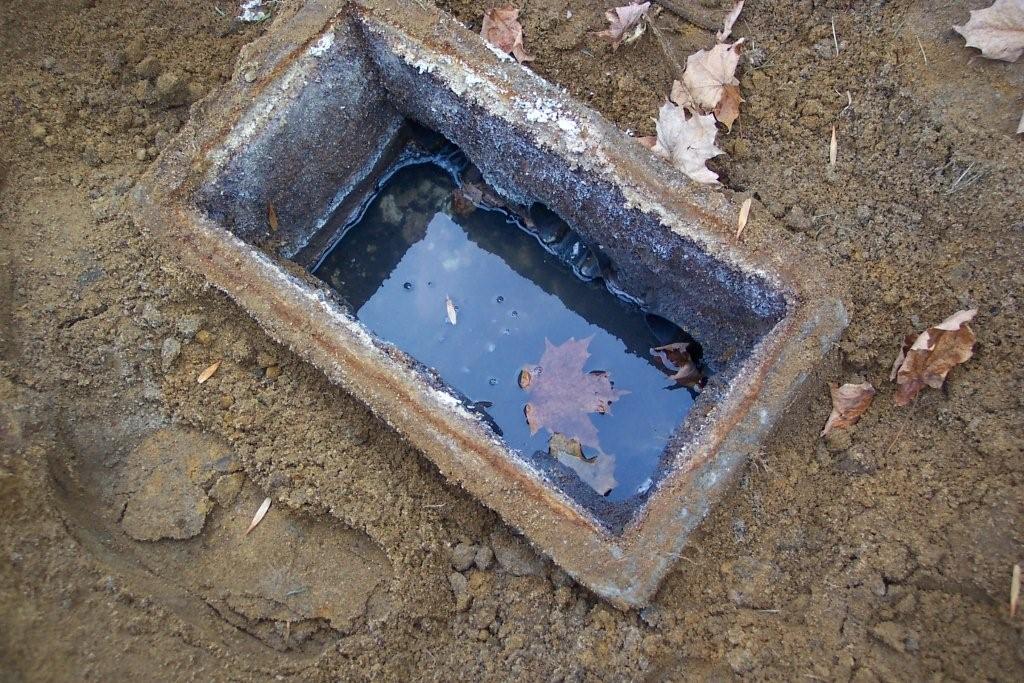
This is an example of what nearby trees can do to a septic bed, as time goes on, the roots of trees can be detrimental to a septic system, and because of the nutrient rich soil, it's almost certain that if a tree is close enough, the majority of it's roots will grow towards the septic bed.
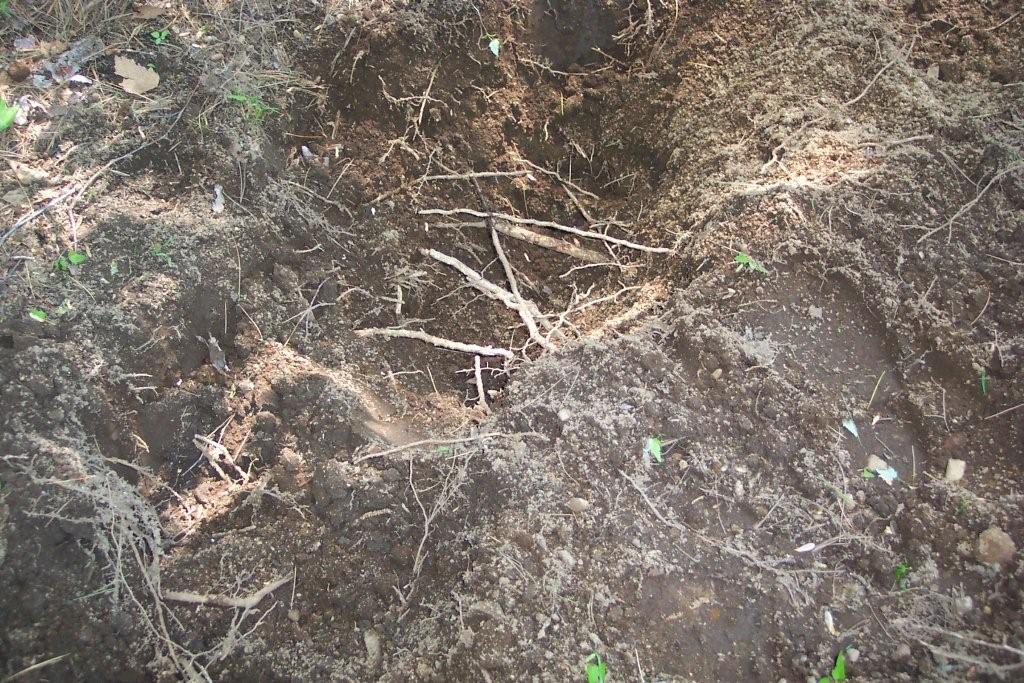
This is the end result of excessive root growth, sewage ponding/malfunctioning and bed failure.
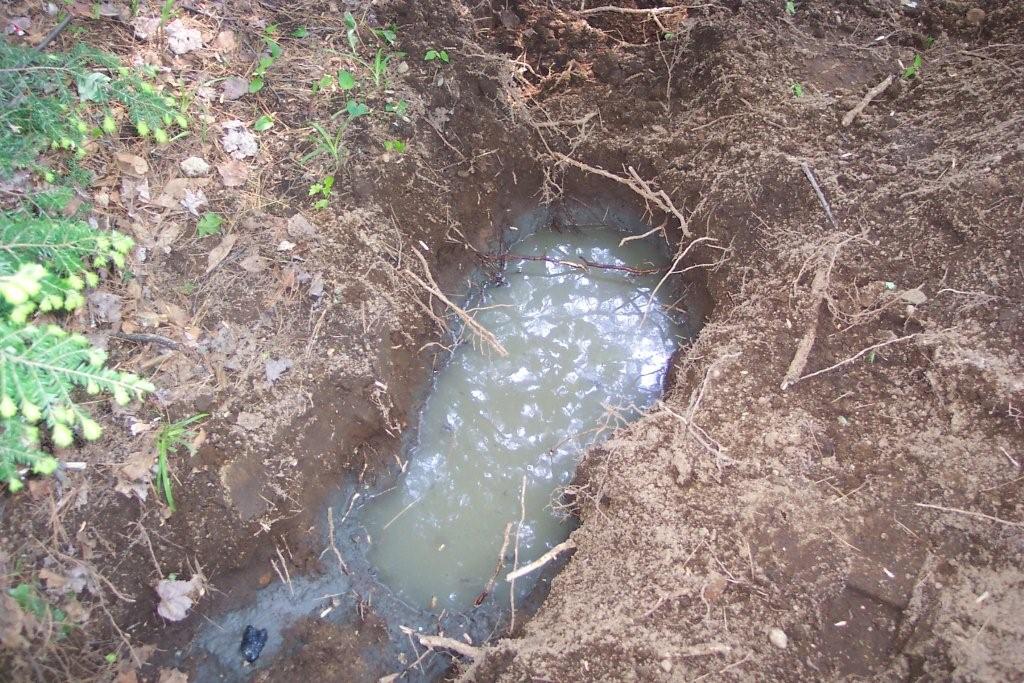
This is a distribution box indicating bed failure. The sewage level being far above the level of the pipes inside indicating poor drainage.
Sometimes the cause of these problems can be discovered through a series of simple questions.
